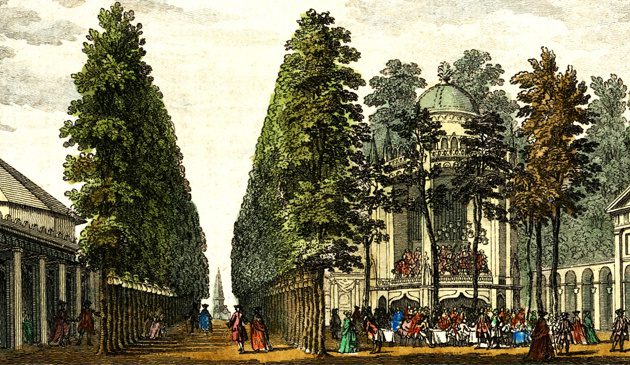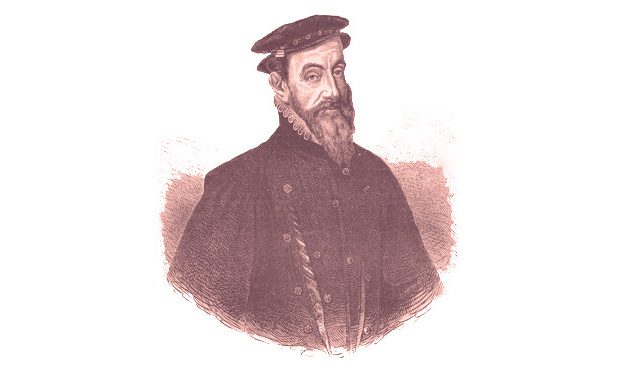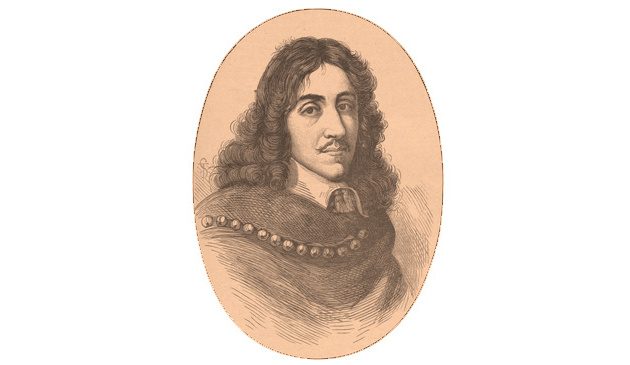David Garrick – master of tragedy and comedy

David Garrick stands between Comedy and Tragedy. The original portrait was painted by Joshua Reynolds in 1760-61 and exhibited at the Society of Artists in 1762, Reynolds’s first to be shown that was not a straight portrait. That same year this mezzotint version was published by Edward Fisher at the Golden Head, Leicester Square. Reynolds has captured Garrick’s ability to switch from tragic and comic roles.
There were two officially-licensed theatres: the Theatre Royal at Drury Lane in a building rebuilt by Sir Christopher Wren in 1672, and the Duke of York’s at Covent Garden. During the 1730s theatre was so popular in London that the combined capacity of 9,000 attendances per week was far short of demand and they were able to charge entrance prices beyond the affordability of most people. In the first decades of the century Her Majesty’s theatre in the Haymarket had also become established, with a limited licence to perform musical works. Other theatres followed at Lincoln’s Inn and Goodman’s Fields.
Actors and actresses were then a generally rough sort of person, often illiterate, drunken and violent and as such were looked down upon by the more genteel middle classes who considered them little better than criminals and prostitutes. It was therefore inconceivable to his family that a well-educated man such as Garrick would become an actor and he would have been ostracized by them if he did. Despite their general reputation the leading actors and actresses were considered as celebrities, with actresses courted by aristocratic men, the most famous example being Nell Gwynne in the latter part of the previous century.
Samuel Johnson had found employment writing pieces for the popular Gentleman’s Magazine and introduced Garrick to the publisher, Edward Cave. Impressed with Garrick’s enthusiasm for the stage and talent for acting Cave set up a theatre at his home at Clerkenwell. In 1739 Garrick staged a performance of Henry Fielding’s The Mock Doctor, writing for it a prologue which Cave printed in the magazine.
At Cave’s home Garrick met William Hogarth when he took part in a parody of Julius Caesar in 1740, despite Hogarth having difficulty remembering his lines. While Garrick was to later revolutionize acting, Hogarth was developing a new style of creating theatrical scenes on canvas. Through his works the artist was to influence Garrick in creating staged ‘realism’, narrative (as seen in works such as The Rake’s Progress), as well as lighting.
While working in his wine business, between 1738 and 1741 Garrick continued to study the theatre and formulate new ideas. The wine business was losing money and he longed to become an actor but faced the problem of resistance from his family. Henry Giffard, the manager of the Goodman’s Field theatre who Garrick had befriended, must have known of his dilemma because in 1741 an opportunity came about for Garrick to try out his skills incognito in a public performance. One night an actor fell ill and Giffard invited Garrick to take the part. That summer Giffard took his acting company on tour to Ipswich and Garrick joined them to take roles in several plays, away from the London spotlight and using a stage name.
Having proved himself at Ipswich Garrick was finally ready to try the London stage. He and Giffard decided that he should take the lead part in a performance of Richard III in Colley Cibber’s 1699 version of the play at Goodman’s Fields.
Until the early 1740s performances by actors had been played in a ‘rhetoric’ style where each performer in turn gave a speech, usually in contemporary rather than period costume, and with little attempt at characterization. Physical movement was limited to slight motion of the hands and arms in a set of codes that had developed over the previous two centuries. After each actor’s speech they would simply move aside for the next player to give theirs. The voice, usually in a booming manner, was everything.
Making his debut in the lead role of Richard III was a daring strategy because the character ‘belonged’ to certain famous actors. Giffard and Garrick played safe and intriguing advertisements were posted announcing the performance on 19th October 1741, with “The part of King Richard by a Gentleman (who has never appeared on any stage)”. Without the billing of a star name Goodman’s Fields was only half-full. The following day the London Daily Post ran a review: “Last night was performed…the Tragedy of Richard the Third…where the character of Richard was performed by a young gentleman who has never appeared before, whose reception was the most extraordinary and great that was never known on such an occasion…” Word quickly spread around London and the second night was quickly sold out. In a profession where members spent years perfecting their craft in front of audiences and working their way up it was unheard for a new actor to suddenly appear from nowhere to such great acclaim. The role of Richard III from then belonged to Garrick and he took the part a further seventeen times in his first season and almost ninety times during his career. (William Hogarth’s celebrated painting of Garrick portrays him in the moment Richard awakes, haunted, in his tent at Bosworth Field).
The day after his debut in Richard III he wrote to his brother Peter to confess about his part at Goodman’s Fields, to explain that he realized the business could not survive and that he must change career. As expected, his family was shocked. However, he was quickly earning far in excess of what he had in the wine trade and was able to wind down the business without any loss to his brother.
Garrick was an immediate success and during the 1741-1742 season he gave almost 170 performances at Goodman’s Fields, in eighteen roles. Unusually for actors at that time he took on both leading and minor parts, in tragedies, comedies and farce. He was interested in any role where he could create complexity in the character. In addition to making a handsome wage of £300 per year as one of Giffard’s company of actors Garrick was playing to packed houses that earned him half of the box office takings. By the spring of 1742 he had become a star and was dining with London’s elite.


